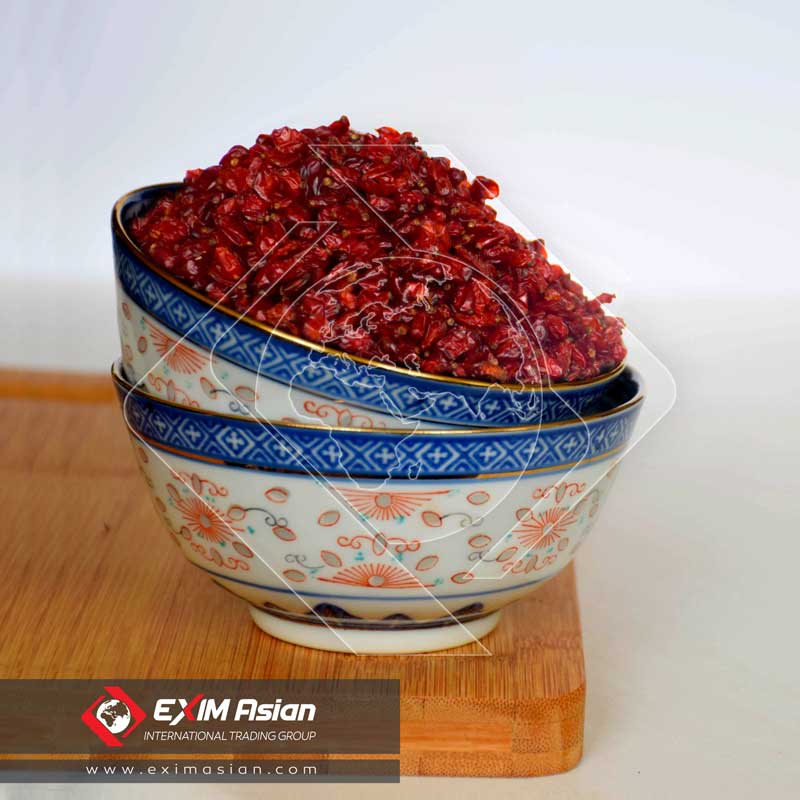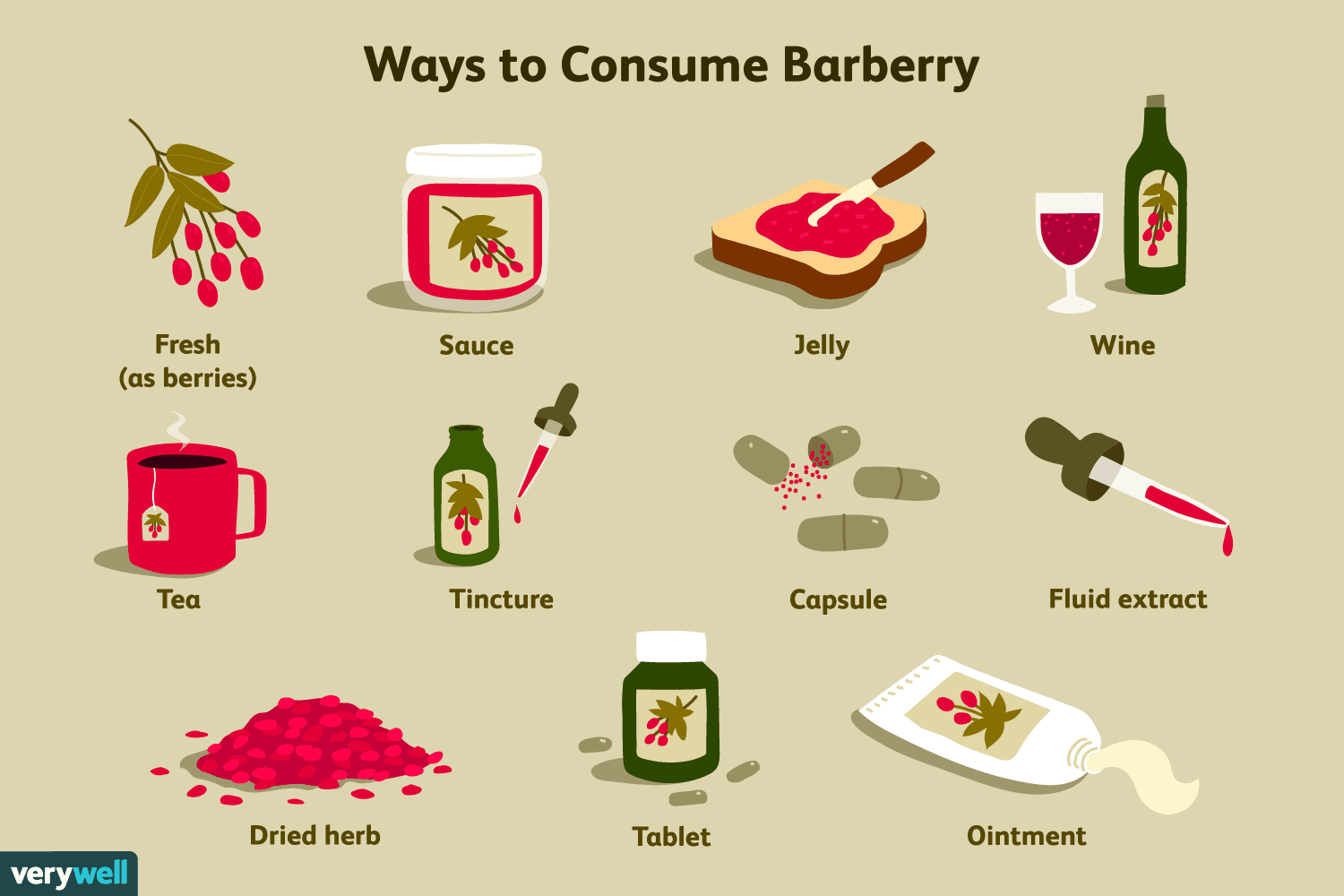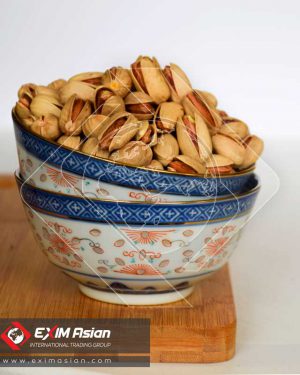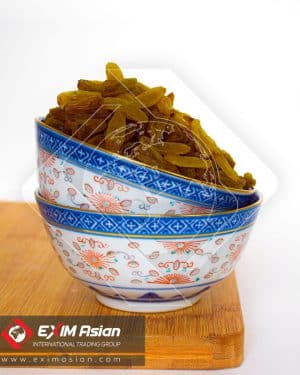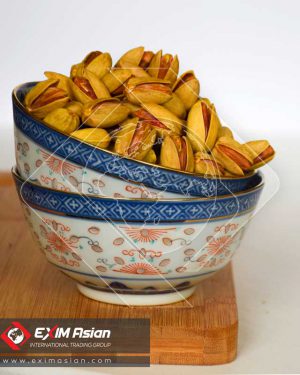Description
Dried Barberry Specifications
Item | Value |
|---|---|
Type | Dried seedless ripe fruit of Barberries (Barberry vulgaris) |
Drying Method | Air Dry in shade (Puffy Type – Pofaki)
Sun Dry (Sundried Type – Dane Anari) |
Cultivation Type | Organic, in Open Air |
Color | Red (light crimson) |
Taste | Sour (natural fruit flavor) |
Consistency | Firm, non-sticky |
Shelf Life | 12 months |
Place of Origin | Iran |
Order Information (Payment, Packaging & Delivery)
Item | Value |
|---|---|
Min Order | 100 kg |
Sample Submission | Available |
Payment Method | LC, Advanced Payment |
Certificates | ISO 9001, ISO 22000, HACCP |
Lead Time | Est. Time for Quantity less than 1 Tons = 7 days
Est. Time for Quantity more than 1 Tons = 18 days |
Bulk Packing | Our Regular: Plastic bag in 10 kg cartons
Available: other packages according customer inquiry |
Retail Packing | 400 gr Packages |
Dried Barberry Gallery
What is Barberry?
Barberry is a fruit that is native to Europe. The barberry bush is a small shrub that produces small red berries that are commonly used to make jelly, jam, and wine. In Medieval Europe, people used it to help with simple ailments.
Introduction
Barberry is a genus of about 450-500 species of deciduous and evergreen shrubs from 1-5 m tall with thorny shoots, found throughout the temperate and subtropical regions of the world Species diversity is greatest in South America, Africa and Asia. These little red jewels are incredibly useful things to have in the store cupboard and sprinkle them on to a dish of rice or couscous or strew over pot-roasted chicken, and they’ll bring a burst of gorgeous color and an explosion of tart flavor.
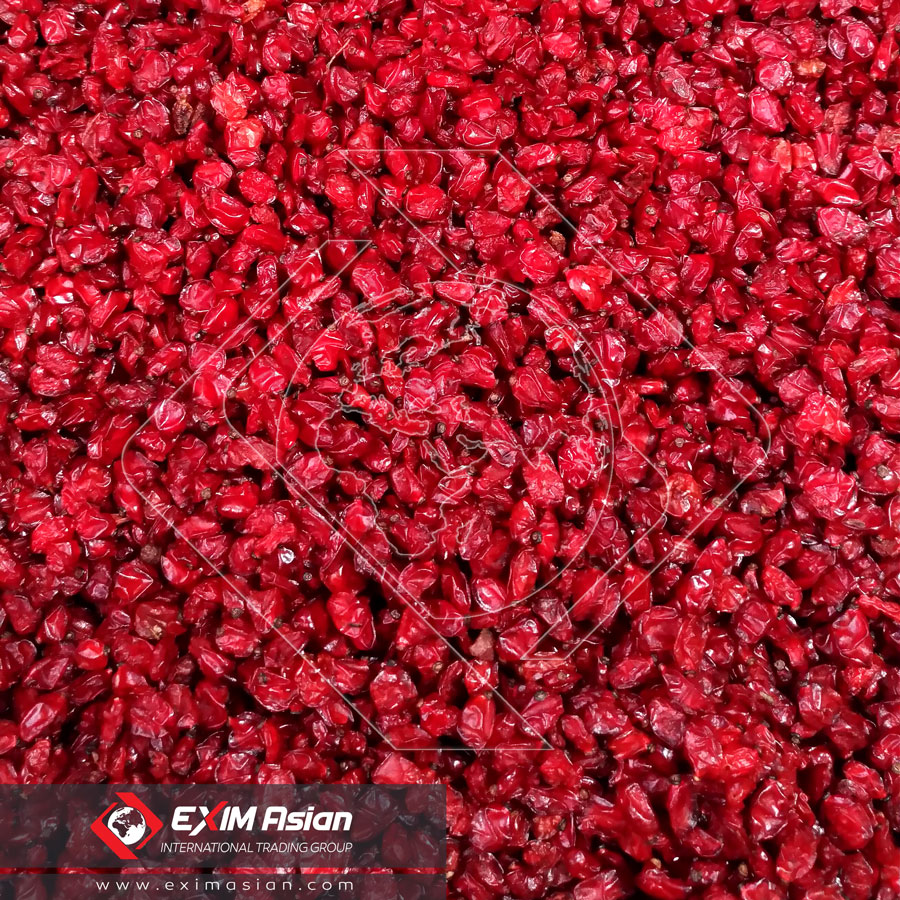
1. Puffy Barberries
(In Persian: Pofaki barberry)
To produce the puffy type of Barberries, the branches of the plant is being cut off with the fruit on it and then it will be put in a place with continuous air stream from four sides. The drying process normally takes 4 to 5 months. After the Barberries are dried they are being separated from the branches by a machine and then passed through a vacuum machine to remove foreign objects. Since this type of barberry is not exposed to the sun its natural light red color and shape is preserved and is the most desirable types of barberry, because it is also healthier.
Although it takes longer time to dry (in comparision with sun-dried type), these are benefits of this method:
1. Color of this type is light red and different with sun dried type which is more crimson red.
2. Fruit Shape stays bloated and not squeezed.
3. More nutrition is preserved and makes it healthier.

2. Sun Dried Barberries
(In Persian: Dane Anari Barberry)
To produce the sun-dried type of Barberries, the fruits of fresh Berberis Vulgaris are taken off of the branches and placed under direct sunlight to dry.
The drying process normally takes 4 weeks. Dark red color, sour taste and squeezed shape are the most common features of this type of Persian barberry.
Benefits
Barberry contained significant amount of Berberine. The Barberine has significant antibacterial, anti fungal and anti protozoal abilities. By inhibiting the ability of bacteria to attach to human cells, it helps protect against many infections.
- Natural antibacterial
Barberry is used to ease a large variety of inflammation and infection in the body. It helps with bladder, urinary tract and gastrointestinal infections. It also helps relieve common respiratory tract ailments, including sore throat nasal congestion, sinusitis and bronchitis.
- Supports the digestive system and Helps relieve diarrhea
Berberine acts on the smooth muscles that line the intestines, helping improve digestion and reduce gastrointestinal pain. Barberry is even an effective treatment for diarrhea, including both traveler’s diarrhea and diarrhea caused by food poisoning. treatment for diarrhea.
- liver cleanse
Barberry can be an effective liver cleanse and gallbladder flush agent. Berberine also aids in the secretion of bile, acts as a mild laxative and helps regulate the digestive processes. and gallbladder flush.
Barberry Nutrition Facts
Serving Size: In 100 Grams
Nutritional Info | Value |
|---|---|
Total Carbohydrates | 79.2 gr |
Dietary Fiber | 13 gr |
Sugars | 46.8 gr |
Protein | 14.4 gr |
Total Fat | 0.4 gr |
Saturated Fat | 0 gr |
Trans Fat | 0 gr |
Sodium | 300 mgr |
Cholesterol | 0 mgr |
Vitamin A | 54 % |
Vitamin C | 82 % |
Calcium | 14 % |
Iron | 39 % |
Calories | 352 |
Iran Barberry Export
Germany, Australia, UAE, Austria, UK, Qatar, Turkey, Belgium, Chile, Canada, New Zealand, Switzerland, Netherlands, France and USA
History & Trade
In Iranian culture, barberries are incorporated into certain wedding dishes as a symbol, the sourness of the small, red berries, it is said, representing the occasional sourness of life. Iran is the main area of Barberry production in the world. Barberry cultivation in Iran is concentrated in the South Khorasan province, especially around Birjand and Qaen. About 85% of production is in Qaen and about 15% in Birjand. According to evidence the cultivation of seedless barberry in South Khorasan goes back to two hundred years ago.
Storage Tips
Store Barberry in the refrigerator in an airtight container if using within weeks of purchase. For long term storage, Barberry is best stored in airtight container or zipper bag in the freezer to maintain its bright red color and freshness. The red color of Barberry darkens with age as it oxidizes.

